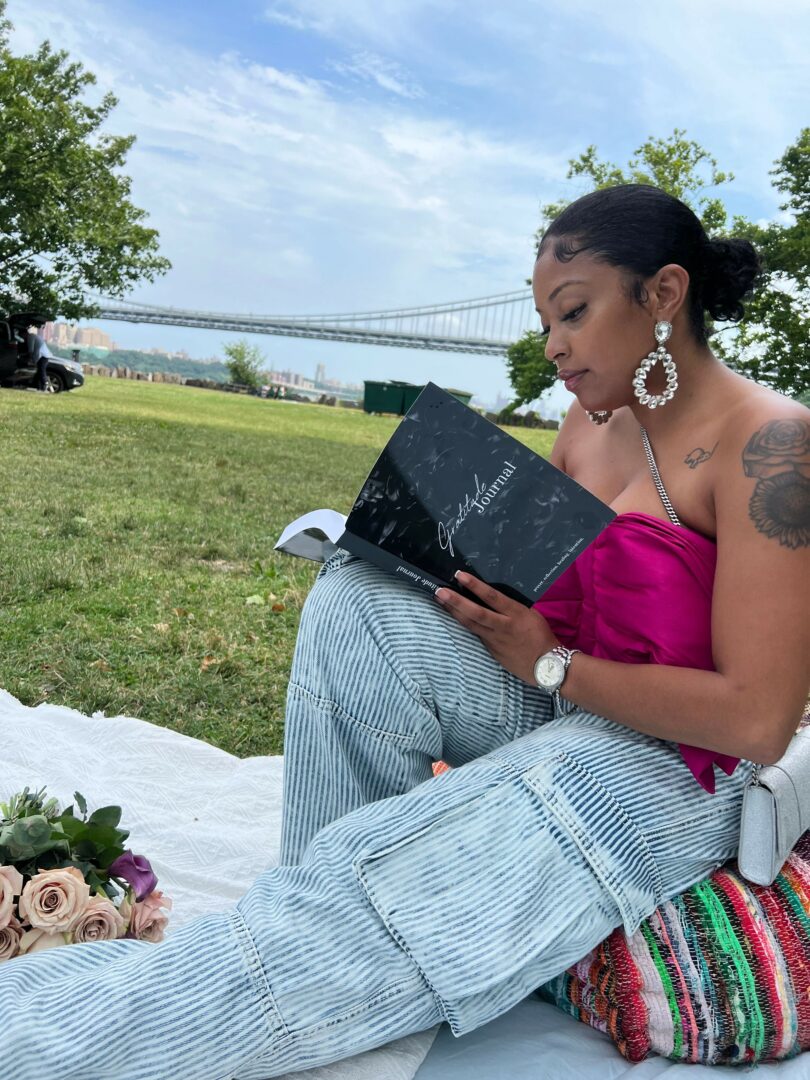We’re excited to introduce you to the always interesting and insightful Renita Pagan. We hope you’ll enjoy our conversation with Renita below.
Renita, thanks so much for taking the time to share your insights and lessons with us today. We’re particularly interested in hearing about how you became such a resilient person. Where do you get your resilience from?
Growing up, I often confused strength with resilience. Surrounded by strong Black women in my community, I looked up to them for guidance and admired their daily display of strength. It wasn’t until later that I realized strength can emerge from resilience. At a young age, I became known as the ‘strong’ girl, simply because that was all I knew how to be.
It wasn’t until I began therapy in 2018 that my therapist described me as resilient. Resilience is the ability to withstand or recover quickly from difficult conditions. Initially, I didn’t fully grasp this concept, as I had always considered the trauma I experienced to be a normal part of life. My therapist helped me understand that the generational trauma, childhood trauma, and other challenges I faced were not typical. Each session, she reminded me that I had overcome incredible odds, though I struggled to see how.
During my MSW program, I completed a genogram for a clinical project, which was a significant emotional undertaking. The genogram revealed a history of addiction, abandonment, tragic events, untreated mental health issues, and oppression within my family. A genogram is more than a family tree; it maps out family relationships, medical histories, patterns of behavior, hereditary conditions, and significant events.
As a mental health professional who values research, I now realize that, according to statistics, I shouldn’t be where I am today. My first therapist used to mention this each session, and at the time, I thought she was just feeling sorry for me.
I often used escapism to distract myself from my reality and felt conditioned to survival mode, which reminded me of the very examples I wanted to avoid. Pursuing further education became a vital outlet for me. I volunteered, worked various challenging jobs, and sought mentorship. Through prayer and resilience, I worked tirelessly to leave my old environment and build a life that I wanted for myself.
My resilience stems from overcoming trauma and my desire for a better life for myself and my future children.
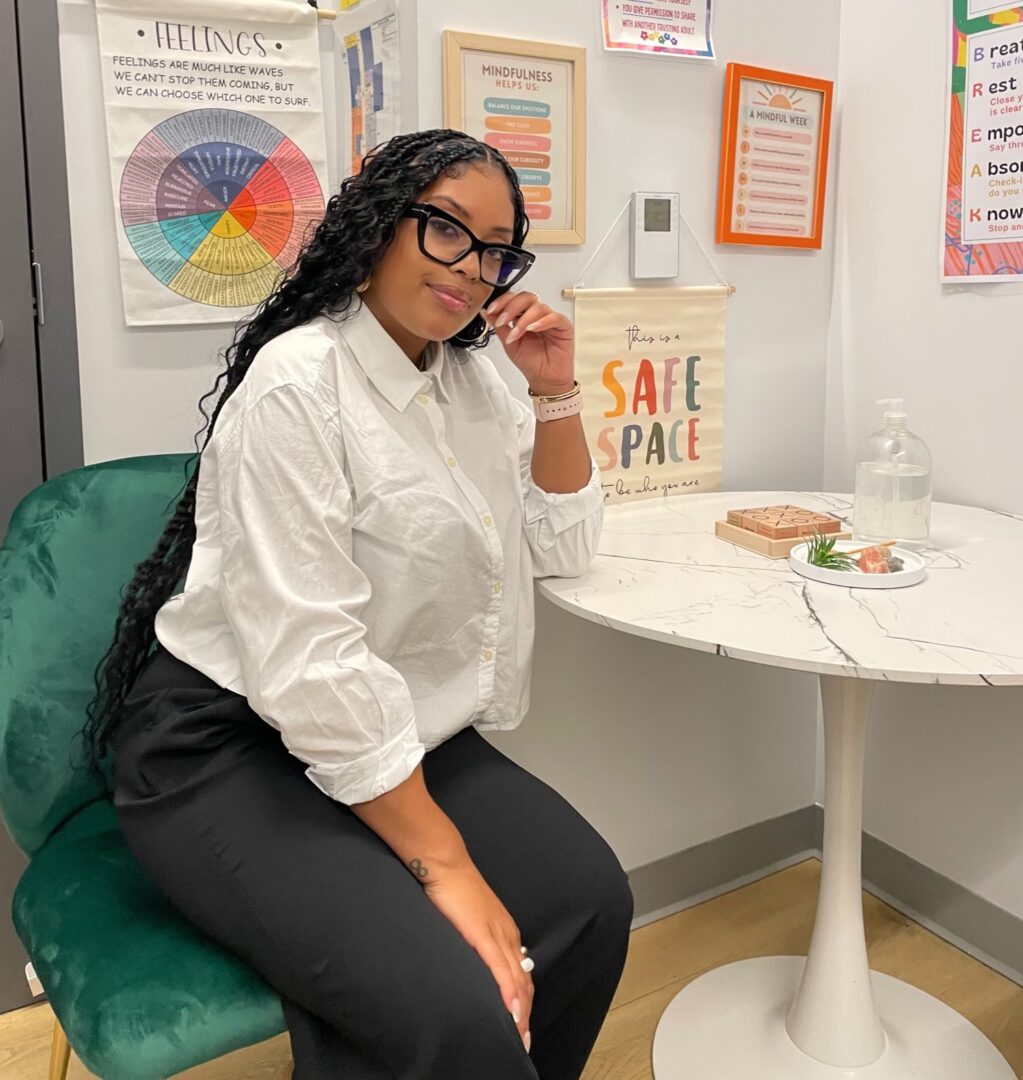
Appreciate the insights and wisdom. Before we dig deeper and ask you about the skills that matter and more, maybe you can tell our readers about yourself?
**Purpose Over Popularity + Intentional Healing**
I am a social worker, psychotherapist, educator, author, and visionary dedicated to creating spaces where everyone can heal. Based in NYC, I have experience working with diverse populations, including individuals with intellectual disabilities, the chronically homeless, those with severe mental illness, people struggling with addiction, and justice-involved youth.
In my work with justice-involved youth, I noticed that many students faced significant academic challenges and had Individualized Education Programs (IEPs). Some were required to obtain a GED, which was often unrealistic due to their reading levels and disabilities. This situation contributes to the school-to-prison pipeline—a term describing how certain school policies and disciplinary measures can push students, particularly from marginalized communities, out of the educational system and into the criminal justice system. Addressing this issue involves advocating for restorative justice practices, enhancing school support services, and reforming disciplinary policies to emphasize education and rehabilitation rather than punishment.
In my practice, I use empathy and employ trauma-informed care, cognitive-behavioral therapy, and narrative therapy frameworks. I am committed to helping children and their families understand and celebrate their unique strengths and differences.
I also co-facilitate a healing circle in the NYC area with my partner, Tanya Briggs. This forum allows women to process their trauma, explore their journeys, and embrace their identities through healing and empowerment. The healing circle has had a profound impact, fostering lifelong friendships and valuable networking opportunities. We look forward to hosting more circles and eventually organizing our own retreat.
Improving life outcomes for Black and Brown communities is a central focus of mine, driven by my understanding of the significant underdevelopment faced by young women of color. In August 2020, I self-published a children’s book titled *My Melanin: Empowering Young Women of Color to Love Themselves by Celebrating Their Beautiful Features*. This book provides affirmations using the Melanin acronym to uplift and empower young women of color, particularly important given the oppressive events of 2020.
More recently, I self-published a journal titled *A Gratitude Journal: Manifest a Healthier You Through Daily Reflection, Prayer, Healing, and Intention*. This journal supports individuals in finding gratitude amid disappointment, trauma, change, and grief. It helps readers focus on their goals, engage in daily reflections, and pursue healing through purposeful prayers and affirmations, guiding them toward a healthier version of themselves despite their challenges.

If you had to pick three qualities that are most important to develop, which three would you say matter most?
Reflecting on my journey, three qualities, skills, or areas of knowledge that have been most impactful are:
1. **Empathy:** Empathy has been essential in understanding and connecting with people from diverse backgrounds. It allows me to listen deeply and provide support tailored to each individual’s needs. For those early in their journey, developing empathy involves actively listening to others, striving to understand their perspectives without judgment, and examining your own biases and experiences.
2. **Transforming Grief into Growth:** One of the most profound realizations I’ve had is how grief can lead to new beginnings. Through personal experiences with loss, such as the passing of Uncle Doug and Aunt Nikki, I learned to transform pain into healing. This led me to create a journal to help others navigate their mental health and continue living fully despite their challenges.
3. **Resilience and Adaptability:** The ability to adapt and remain resilient in the face of challenges has been crucial in navigating various obstacles. Resilience involves maintaining a positive outlook and finding ways to recover from setbacks. To build resilience, focus on developing coping strategies, seeking support when needed, and reflecting on past experiences to learn and grow.
For those just starting out, my advice is to actively seek opportunities for growth in these areas. Engage in ongoing education, find mentors, and practice self-reflection. Building these qualities and skills will not only enhance your effectiveness in your work but also contribute to your personal growth and well-being. Think of your grief like a gardener planting a seed. Just as a seed grows into something beautiful over time, your pain has the potential to blossom into something meaningful if nurtured. Use your grief to fuel creative or therapeutic outlets—be it through music, art, poetry, gardening, or therapy. Plant your pain, nurture it, and watch as it transforms into something you cherish—life itself.
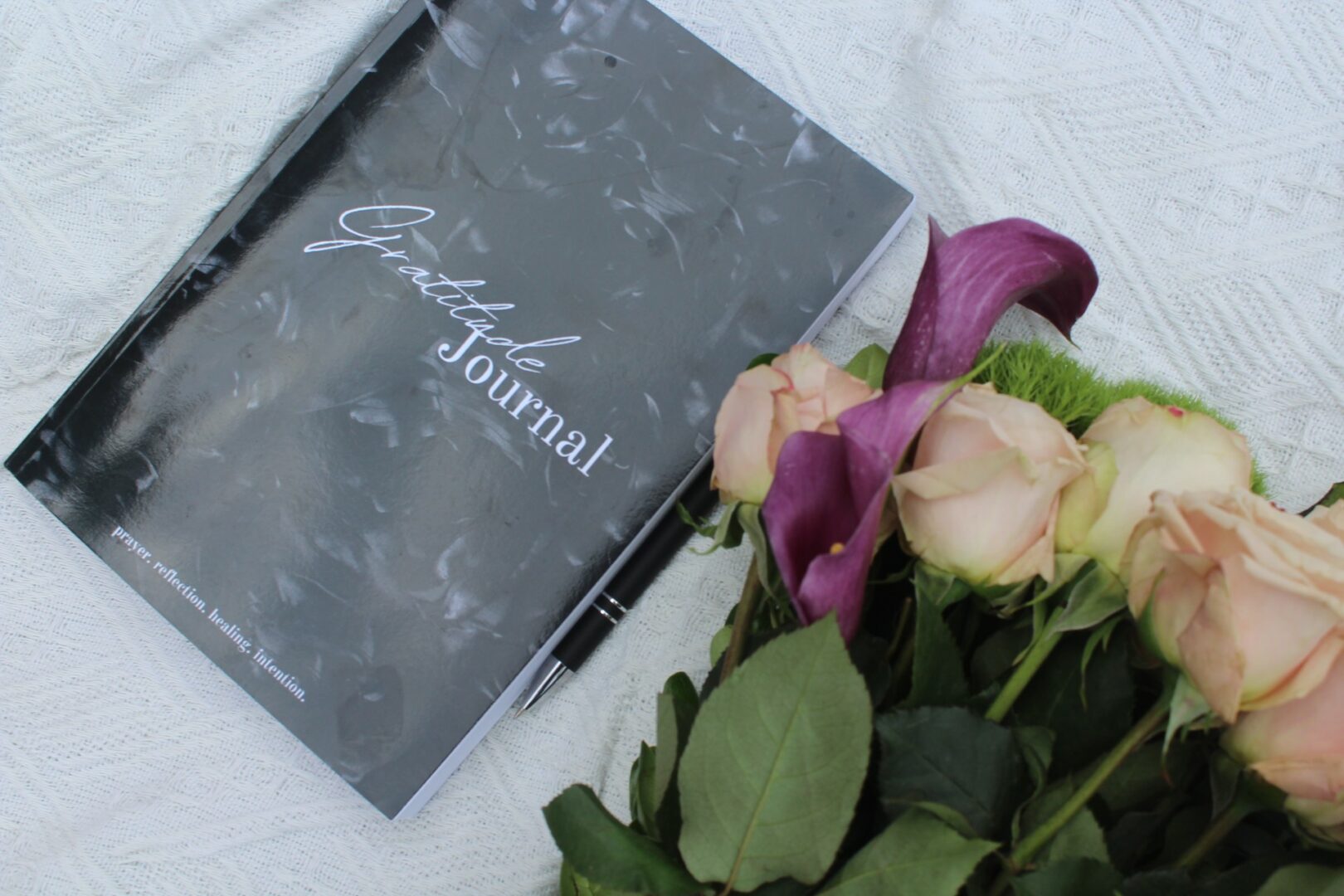
What would you advise – going all in on your strengths or investing on areas where you aren’t as strong to be more well-rounded?
In my role as a school social worker, I believe that balancing my strengths with areas for growth is essential for effectively supporting students and their families. Leveraging my strengths in counseling and crisis intervention has allowed me to connect with students and provide immediate support during challenging times. However, I also recognize the importance of developing skills in areas such as behavioral assessment and family engagement, which are crucial for fostering long-term student success.
For instance, while working with a student facing significant emotional challenges, I relied on my counseling skills to create a safe space for them to express their feelings. However, I soon realized that I needed to enhance my understanding of behavioral interventions to better address their specific needs. By seeking professional development opportunities in this area, I was able to implement tailored strategies that not only supported the student’s emotional well-being but also improved their behavior in the classroom.
Additionally, while preparing for a workshop on mental health awareness for parents, I drew on my strengths in communication and public speaking to engage the audience. I shared resources and strategies for supporting their children, reinforcing my commitment to community engagement and education.
In summary, embracing my strengths has enabled me to connect with students and families effectively, while addressing my areas for growth has made me a more well-rounded practitioner. Striking this balance ensures that I can respond to the diverse needs of the school community, ultimately fostering a supportive environment for all students.
Contact Info:
- Website: https://rnpintentionalaf.myshopify.com/
- Instagram: thehealingcirclenyc
- Linkedin: https://linkedin.com/in/renitapagan
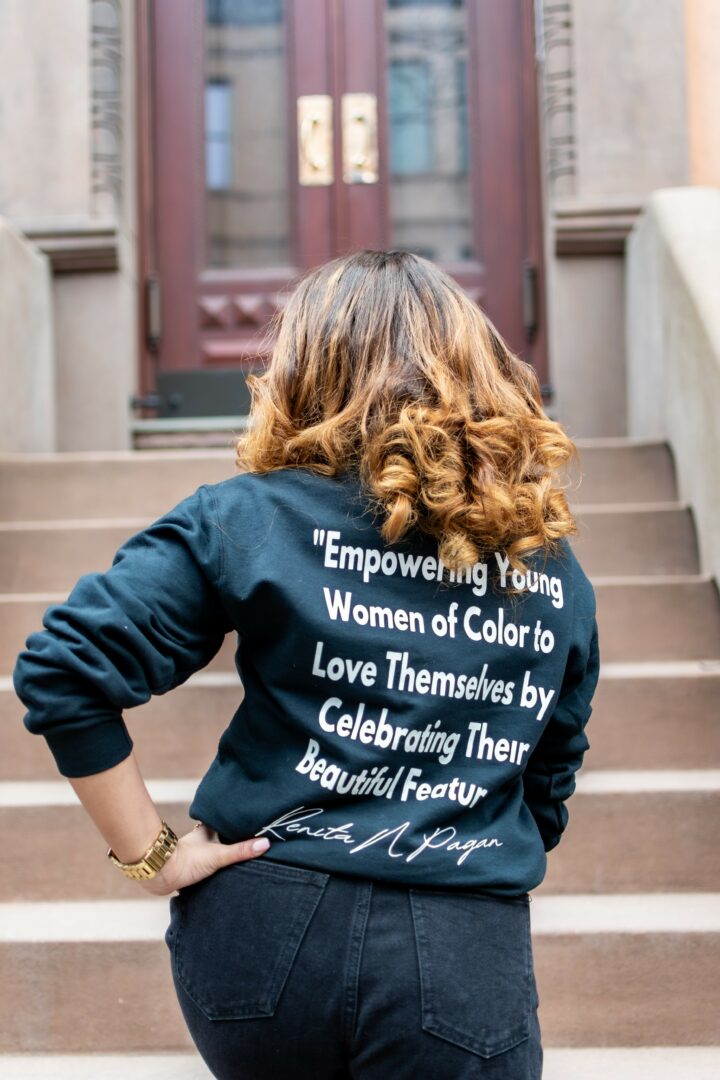
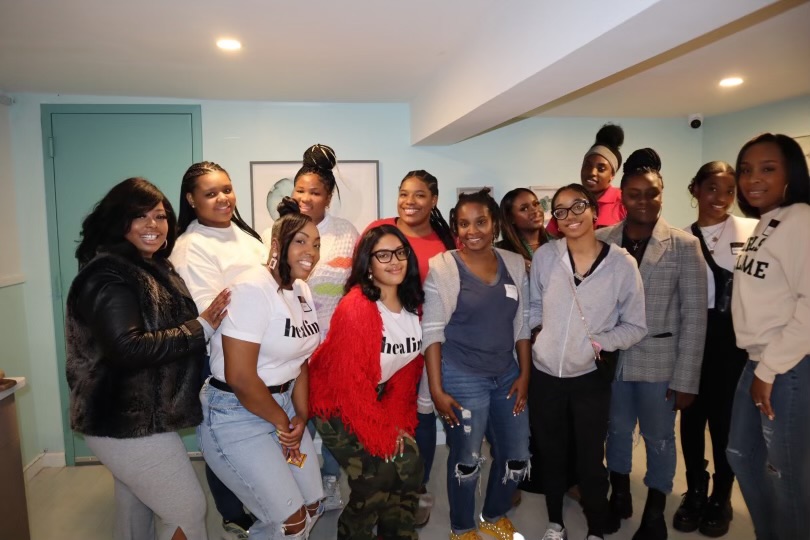
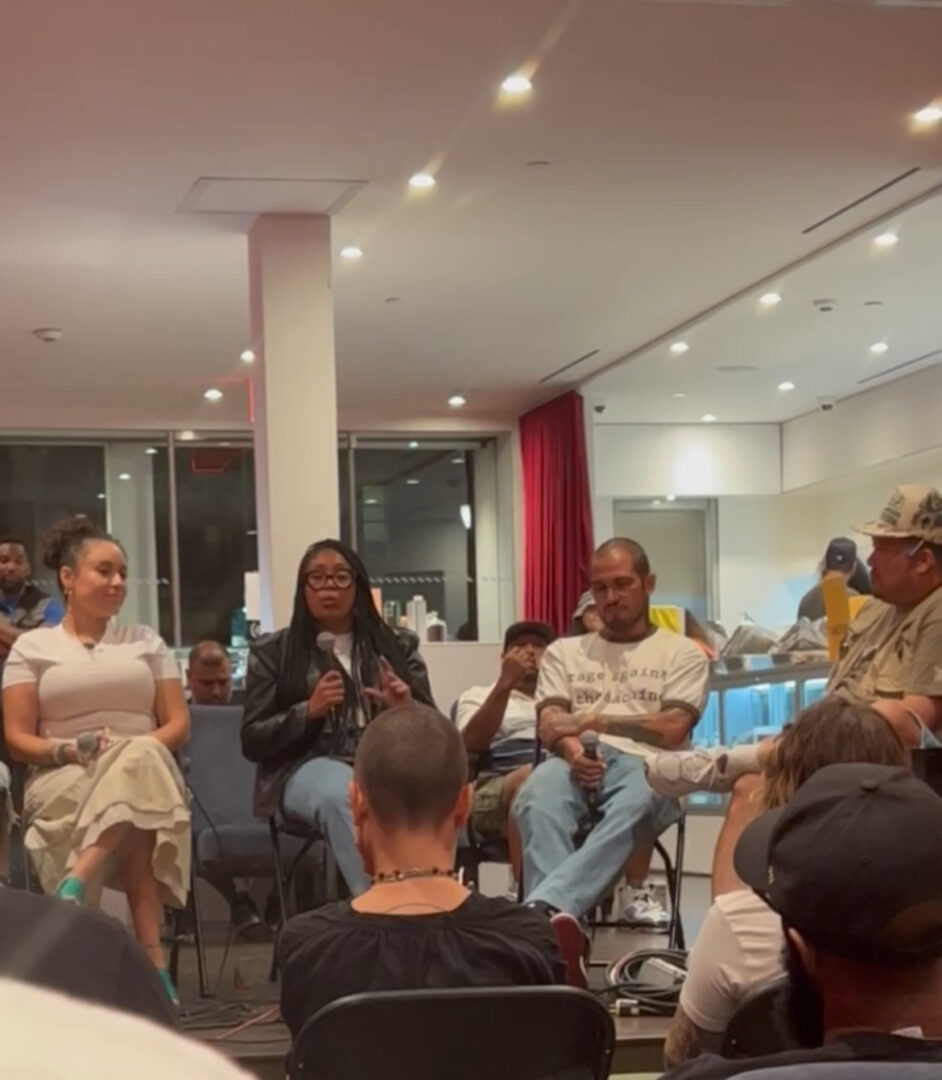
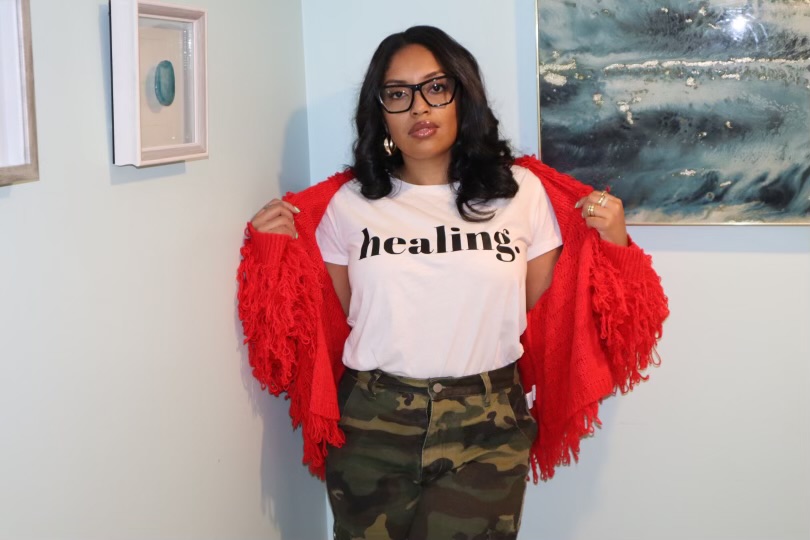
Image Credits
N/A
so if you or someone you know deserves recognition please let us know here.

